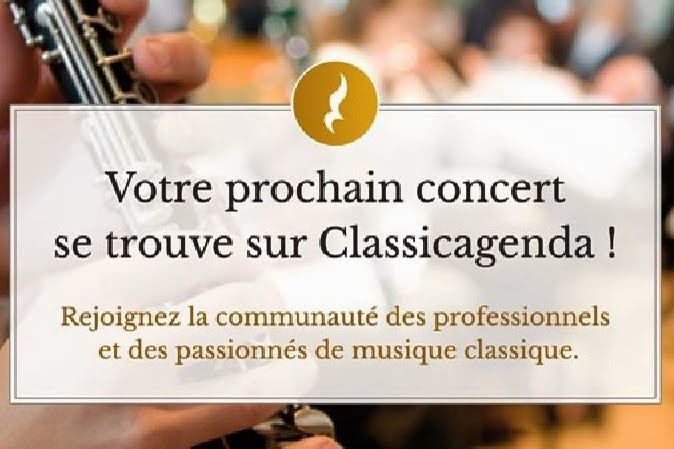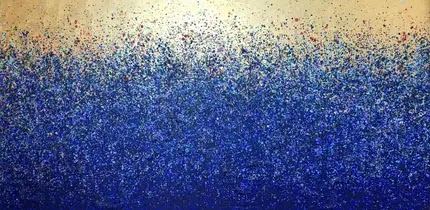Time for a break – will be in Spain together with kids and grandkids for a while. Should be back blogging around August 10. In the meantime, here is a very long post, which hopefully will keep my dear “followers” busy for a while. You can also enjoy the Eiffel Tower July 14 fireworks on checking on my preceding post, just below this one. J
This is
about the “Manufacture Nationale de Sèvres” and about ceramics. Sèvres is a south-west
suburb
of Paris. “Ceramics” refers to objects created with fired clay. They may
be porous like faience/earthenware, pottery / terracotta or vitrified,
waterproof like stoneware and porcelain.
The
“Manufacture Nationale de Sèvres” was actually created at the Castle of
Vincennes (see previous post) in 1740, with the support of Louis XV and Madame de
Pompadour, before moving to Sèvres in 1756, close to Madame de Pompadour’s
“Bellevue Palace”. Madame Pompadour’s castle on a hill overlooking the Seine is
gone, but the 1756 "manufacture" (factory) building is still there, today housing a school. The "manufacture" and its museum moved to its present location on the Seine banks in 1875.
(There are
some “maps” on the bottom of this post, which may give you some better
ideas of the locations.)
The
“manufacture” at Sèvres is particularly known for its porcelain, including in
its special unglazed form, “biscuit”. Porcelain was produced in China well BC.
It was only in the beginning of the 18th century that Europe managed
to find the secrets of porcelain production (after spying in China) and simultaneously one also
found the needed material, kaolin, e.g. close to Meissen on the Elbe River and
in France, close to Limoges.
Here is a
general view of the present 1875 “manufacture” installations, with the museum
building in front and in front of the museum a statue of Bernard Palissy
(1510-90), famous as a potter, researcher and Huguenot. (Further up on the hill,
we can see the “Pavillon de Breteuil”, with origins from 1672. From 1875 on it has housed the “International Bureau of Weights and Measures” which under the
“Metric Convention” helps to ensure the uniformity of weights and measures
around the world, including the worldwide time of the day. Here are stored the standard
meters, kilograms etc… today only of historical interest as measured by
scientific methods.)
Let’s first visit the museum, walking up the
stairs to the second floor.
This is where we find a collection of French earthenware and porcelain and also some masterpieces of other European origins.
You may be
impressed by the details on some “biscuit” work – especially the feet.
The first
floor is devoted to ceramics through history, from antiquity, the Middle Ages…
and from all continents…
… including
this della Robbia “Madonna and Child” (seen from front and back).
Part of the
first floor offers space for temporary exhibitions, at present (until October
27) you can find works by the contemporary Austrian artist Elmar Trenkwalder, produced
at Sèvres….
… and also
some space for “shopping”, considering that each single plate costs several
hundreds of Euros and, some of the art, tens of thousands.
Behind the museum
building you can find the workshops and even housing facilities for part of the
personnel. Under the slightly reddish "cover" are stored large volumes of
rain water, the only water that is considered pure enough for the production.
I got the
opportunity to visit some of the workshops and get some explanations about the
production processes.
There are a
number of old ovens, still occasionally used, needing 48 hours to reach temperatures
as high as 1300 centigrades (2400 Fahrenheit) and 15 to 20 days to cool down,
today of course completed by more modern equipment.
Some
examples of pieces of art found around the workshops.
One is of
course especially impressed by the skill of personnel painting, here on some of
the official presidential Elysée Palace porcelain.
At the
moment you can also visit a “Sèvres Outdoors” exhibition (until September 21),
by walking around the surrounding gardens, including the previous residence of
the site director.
If you now
look further on the “maps” below, you may also notice that just behind the
factory, you can find what is referred to as the “Jardin Fleuriste de Marie
Antoinette”, there since the 18th century and today the official supplier
of flowers to the different State Palaces. I also
traced the old road between Paris and Versailles.
The top
picture is of what can be found in the entrance to the second floor, “Torchère”
(Torch-holder), by Louis-Robert Carrier-Belleuse, manufactured at Sèvres in
1883.




































































